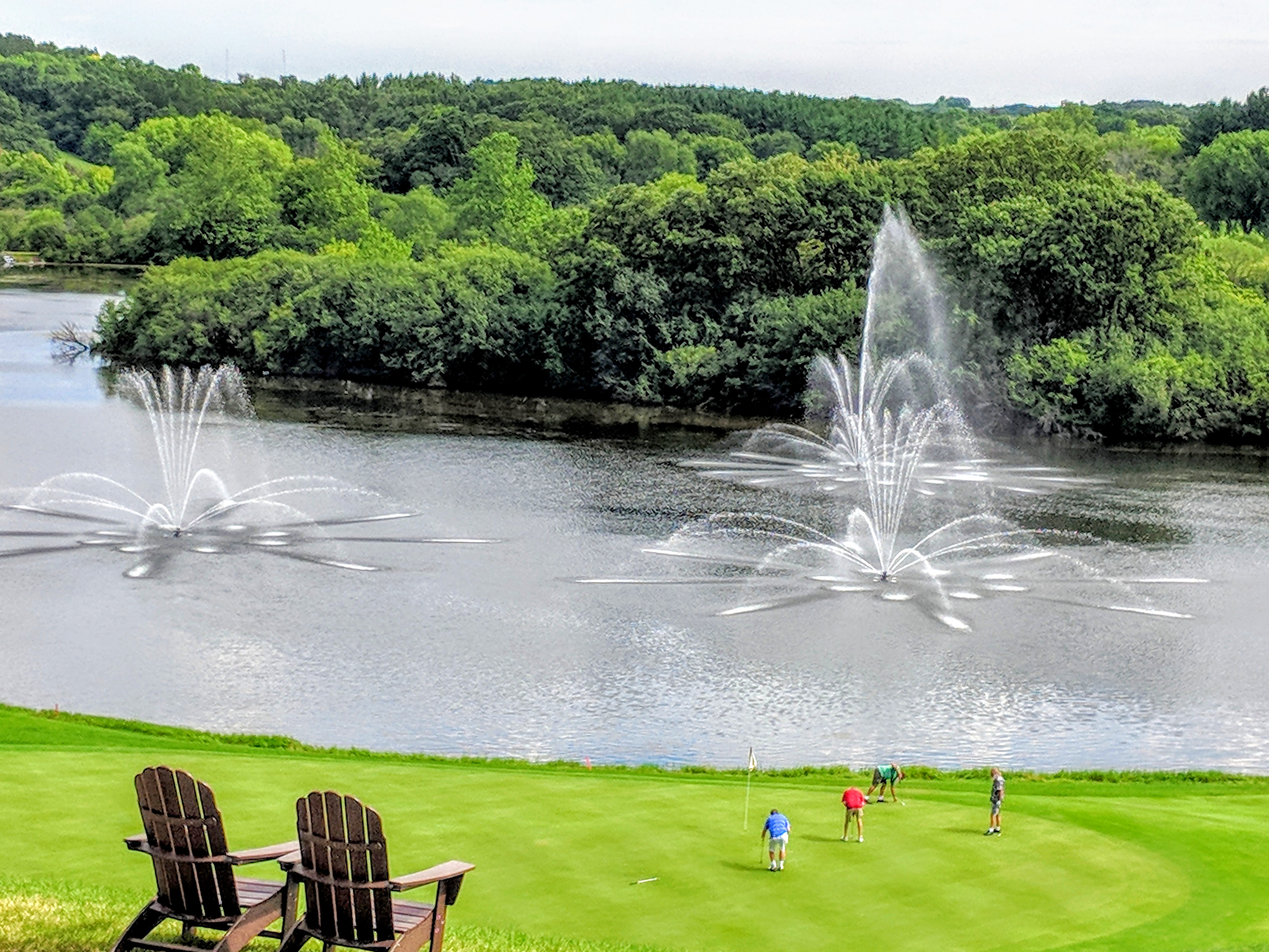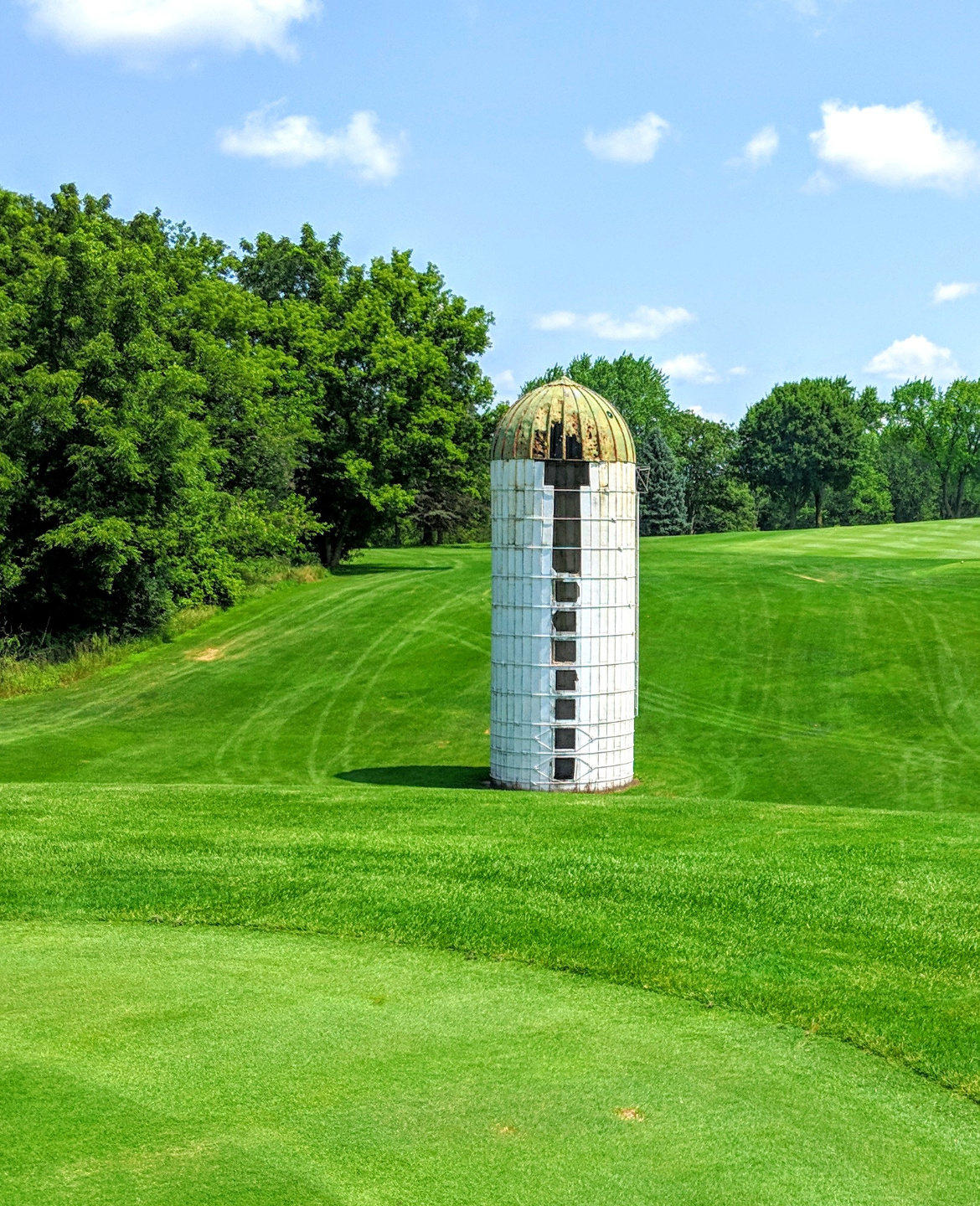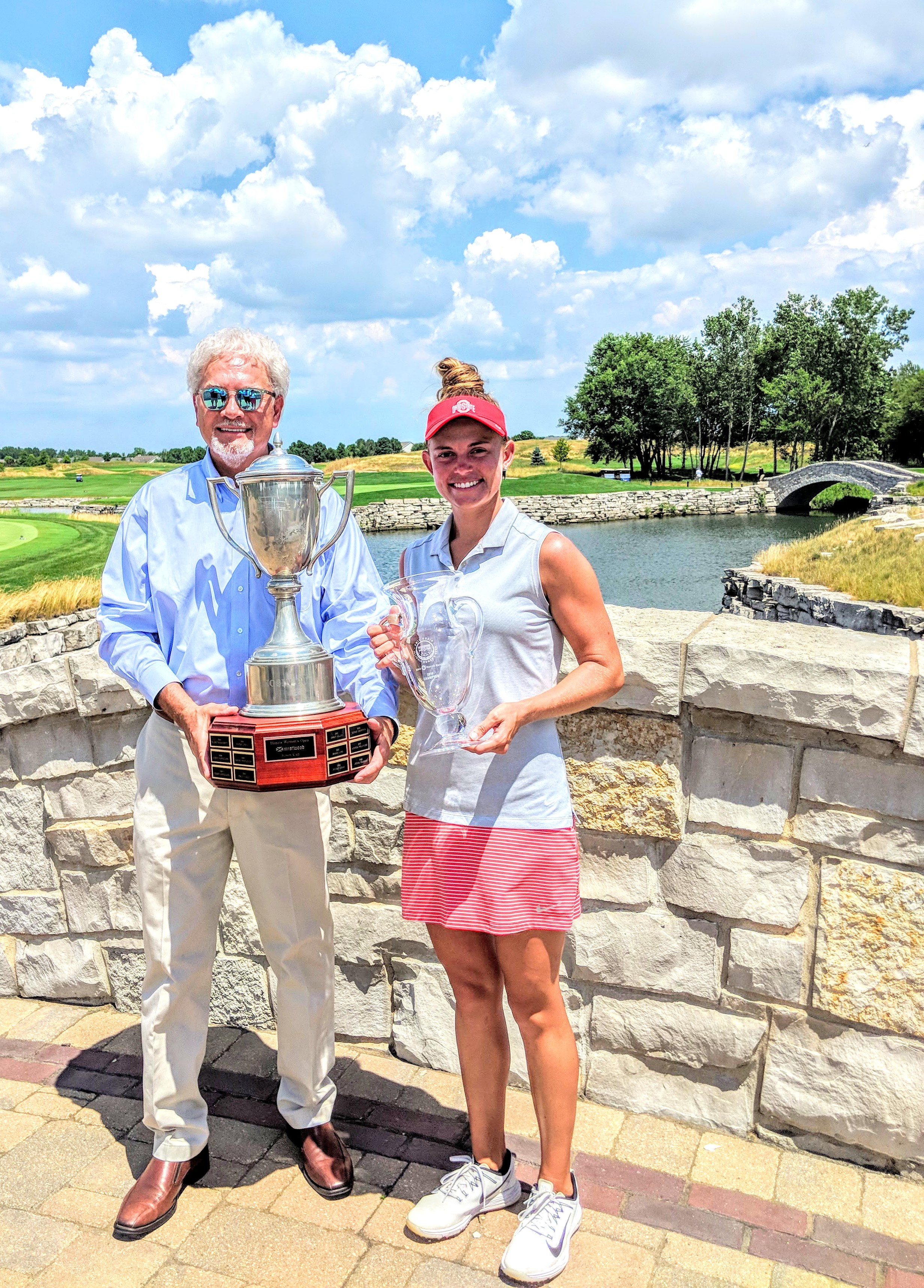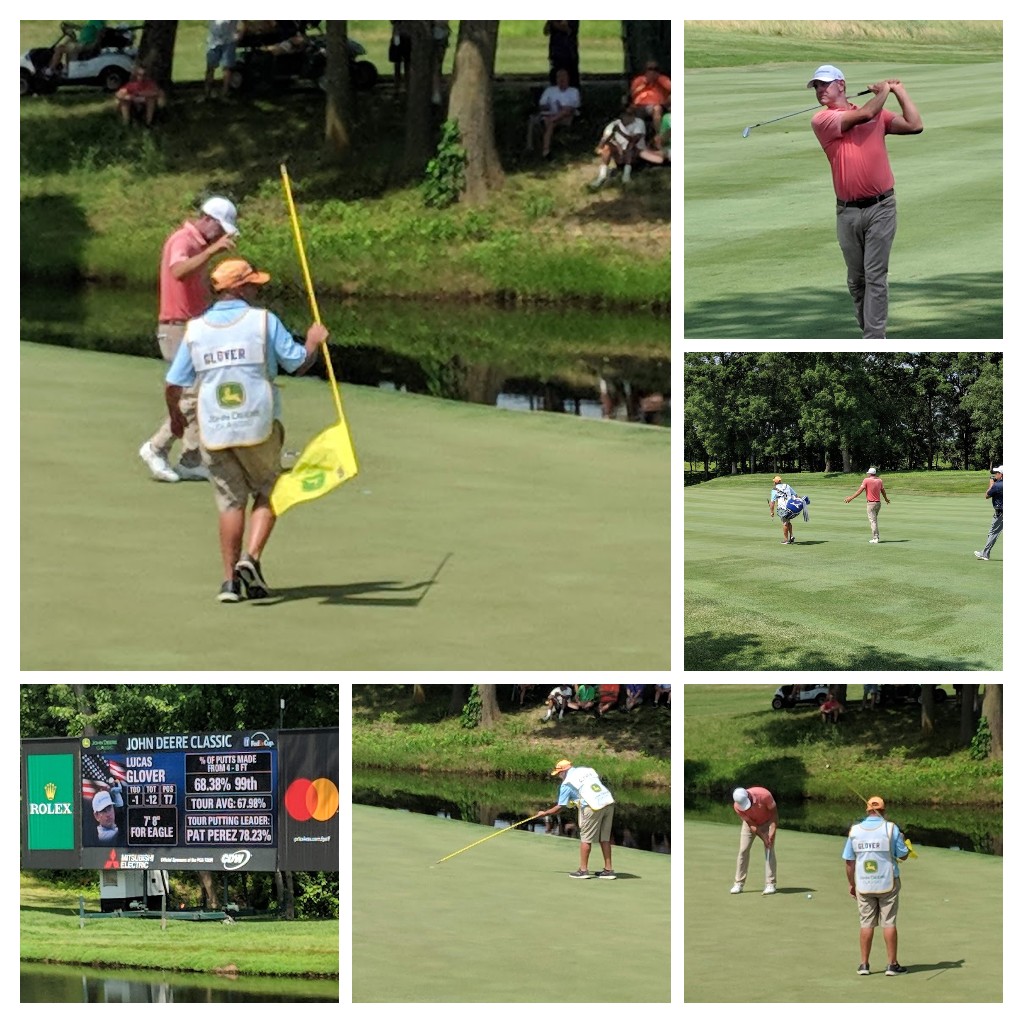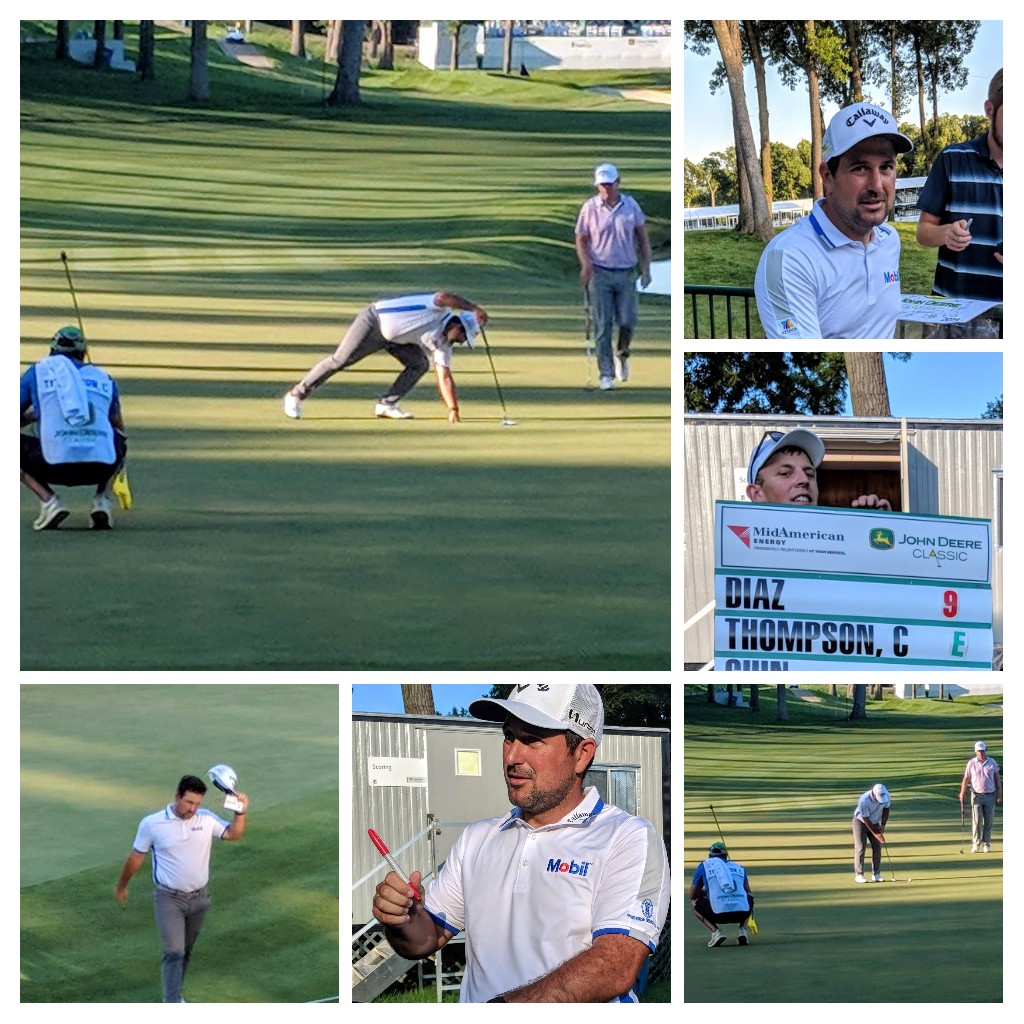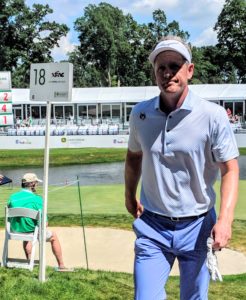The 70th Illinois Open, always the premier event of the season for local players, tees off next week with a field that resembles a walk down memory lane.
There’ll be seven past champions among the 156 starters, and they have combined to win 11 titles. The last two amateurs to win the coveted title – Patrick Flavin (2017) and David Cooke (2015) — are among those seven, though both have since turned pro.
Flavin, already a winner on the PGA Tour’s Latinoamerica circuit, shares the record for the tourney’s low 18-hole round. He shot 64 twice when he won his title and became only the second player to win the Open and Illinois State Amateur in the same year.
As good as Flavin was that year, Carlos Sainz Jr. retains the record for best score in the 54-hole championship – a 17-under-par 197 in 2016. Cooke’s 16-under in 2016 is the second best, and his five-stroke victory margin is the largest by an amateur in tournament history.
And then there’s the University of Illinois influence, which will be bigger than ever when the first ball is struck at both The Glen Club, in Glenview, and Chicago’s Ridgemoor Country Club on Monday. There are a combined eight current and former Illini in the field headed by current men’s head coach Mike Small, a four-time Illinois Open champion.
Only Gary Pinns, who won the last of his five Illinois Opens in 1990, has won the tournament more times than Small. Other former winners trying to capture the magic again are Roy Biancalana (1987 and 2001), Phillip Arouca (2011) and Eric Meierdierks (2010).
Small won his titles between 2003 and 2007 and was the runner-up three other times. Five of his current players – Luke Armbrust, Bryan Baumgarten, Varun Chopra, Tommy Kuhl and Brendan O’Reilly – are also in the field as are Illini alums Garrett Chaussard and Nick Hardy, who are both now in the professional ranks.
Chaussard, now director of instruction at Skokie Country Club, won the Illinois PGA’s Match Play title this year. Hardy, runner-up in the Illinois Open in 2017, hopes to become the 10th player to own titles in both the Open and Illinois State Amateur. He won the Amateur in a record 28-under-par 260 at St. Charles Country Club in 2016.
Also not to be forgotten is Brandon Holtz, the former Illinois State University basketball player who was the runner-up in the last two Illinois Opens.
The one notable absentee – though it’s no surprise – is Vince India. One of only nine players to own titles in both the Illinois Open and Illinois State Amateur, India chose not to defend his Open title. He’s a member of the Korn Ferry Tour, which provides a direct pathway to the PGA Tour for its best players each year.
Finalists in the tournament will be completed today (WEDNESDAY) after the Last Chance Qualifier concludes at Willow Crest in Oak Brook. There were seven previous state-wide qualifying rounds to determine the finalists. The survivors will play 18 holes at The Glen Club and Ridgemoor on Monday and Tuesday and the low 50 and ties will decide the champion in a final 18 at The Glen on Wednesday, Aug. 7
Here and there
The Western Golf Association’s Western Amateur championship concludes on Saturday at Point O’Woods in Benton Harbor, MI. Then the WGA will turn its focus on the PGA Tour’s BMW Championship, a FedEx Cup Playoff event that runs at Medinah from Aug. 13-18.
Elmhurst’s Mark Wilson, despite being a five-time winner on the PGA Tour, has gotten into only three events this season. He missed the cut in the first two and made the cut in last week’s Barracuda Championship only to be disqualified before the final round for using an improperly-sized greens book. Wilson self-reported the violation, in effect disqualifying himself.
The Illinois PGA team had no trouble beating the Chicago District Golf Association’s amateur team in the 58th Radix Cup matches, which were rescheduled for last week after weather problems caused an earlier postponement. The IPGA’s 14 ½-3 ½ margin gave the pros a 36-20-2 edge in the series.
Oak Park Country Club, in River Grove, hosted the Radix Cup matches and the CDGA’s Amateur Four-Ball Championship will conclude its three-day run there today (JULY 31). The CDGA will also conduct a qualifying round for the U.S. Senior Women’s Amateur today at the Glenview Park course.
Illinois high school champion Lauren Beaudreau, of Lemont, reached the quarterfinals of last week’s U.S. Junior Girls Championship at Wisconsin’s SentryWorld before being eliminated by eventual runner-up Jillian Bourdage, of Tamarac, FL.

